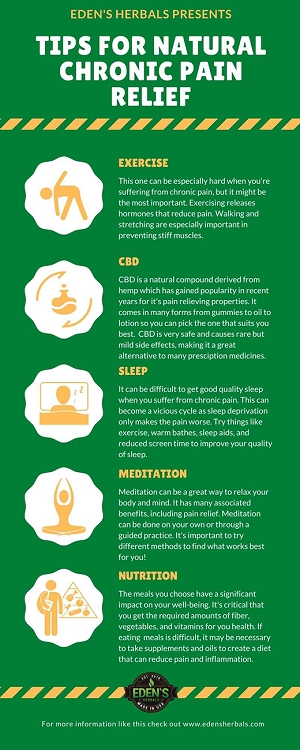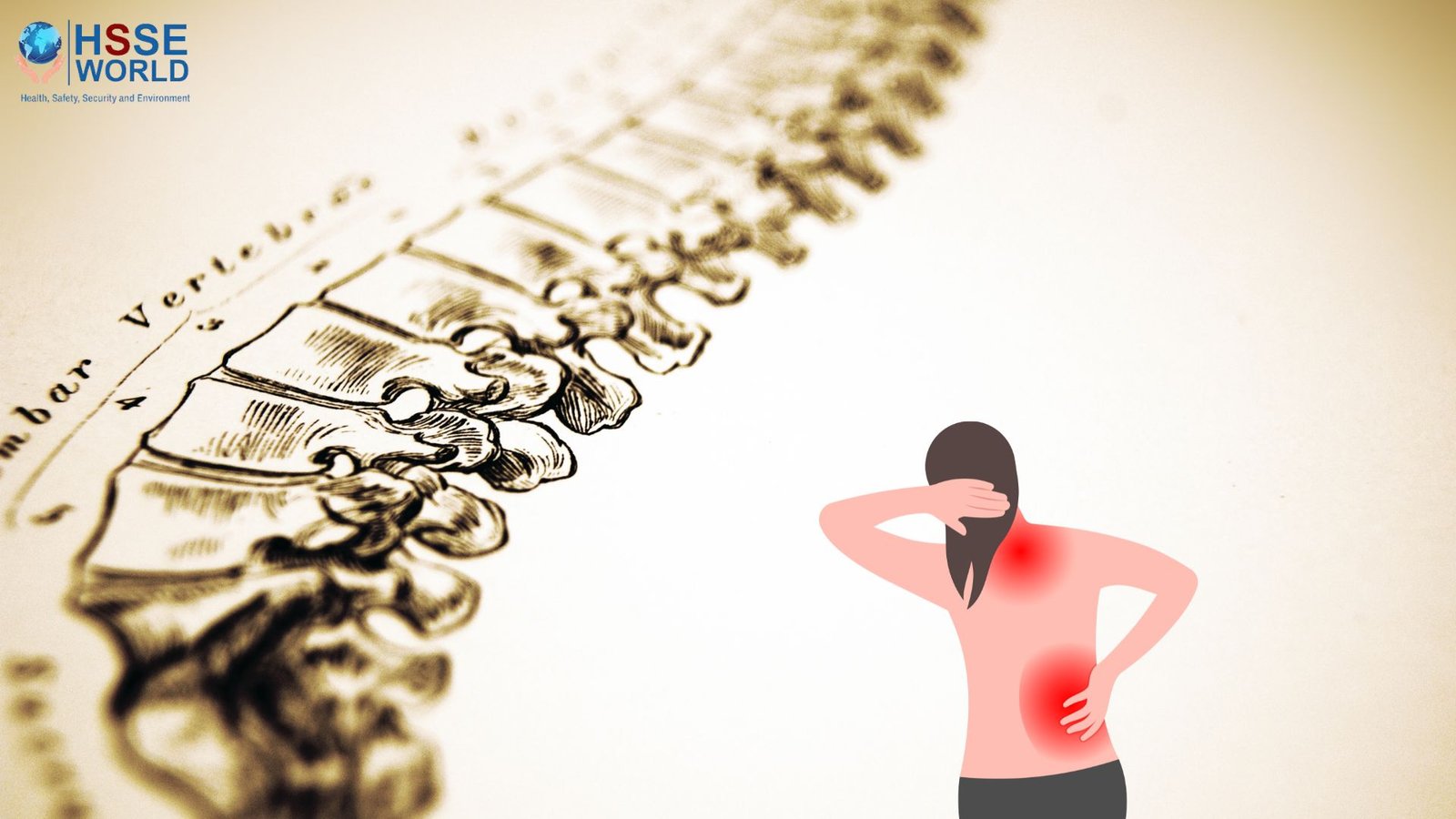Acupuncture. Once seen as bizarre, acupuncture is rapidly becoming a mainstream treatment for pain. Studies have found that it works for pain caused by many conditions, including fibromyalgia , osteoarthritis , back injuries, and sports injuries.
 How does it work? no one's quite sure. It could release pain-numbing chemicals in the
body
. Or it might block the pain signals coming from the nerves. "i think there's good scientific evidence for acupuncture and i prescribe it," says f. Michael ferrante, md, director of the ucla pain management center in los angeles. "the nice thing is that even if it doesn't work, it doesn't do any harm.
How does it work? no one's quite sure. It could release pain-numbing chemicals in the
body
. Or it might block the pain signals coming from the nerves. "i think there's good scientific evidence for acupuncture and i prescribe it," says f. Michael ferrante, md, director of the ucla pain management center in los angeles. "the nice thing is that even if it doesn't work, it doesn't do any harm.
Short-term pain management helps with immediate back pain relief. These kinds of treatments help you get your pain under control so you can stay active while you pursue a long -term solution. Common short-term treatment strategies combine both home remedies and therapeutic treatments.
2000: discovered that ion channels—specialized proteins in nerve cells—are heavily implicated in neuropathic pain 2008: established the va pain research, informatics, multimorbidities, and education (prime) center to study the interaction between pain and associated chronic conditions 2014: implemented the va overdose education and naloxone distribution program 2015: determined that va's stepped-care model of pain management significantly reduced disability and pain interference and severity in veterans with chronic pain 2016: established the musculoskeletal diagnosis cohort, made up of more than 5 million veterans in va care, to characterize variations in pain, treatment, and outcomes 2017: partnered with other federal agencies to fund $81 million in new research on nondrug treatment of pain for military personnel and veterans.
Many cancer patients experience severe pain (which increases as the cancer becomes terminal), and in 10-20% of cases , it does not respond to standard opioid management. In many cases however, it does to dmso. For example: • a study gave two older patients with cancer pain dmso, one of whom had an excellent response to treatment and one who had a good response. • another study found that of 7 patients with metastatic cancer pain, dmso gave 2 a full remission and 2 a partial remission. •one of the most well known examples was otis bowen md (a popular second term indiana governor) who “illegally” used topical dmso to treat his wife’s pain from terminal multiple myeloma and then publicly denounced the fda’s absurd embargo on it at the ama’s 1981 national meeting.
Chronic pain: Medication decisions
/ arthritis , chronic pain treatment , community , dr. Raj n. Sureja md , fibromyalgia , lifestyle , mindfulness , patient care / by ortho osc
raj n. Sureja, md
chronic pain affects millions of people worldwide, significantly reducing quality of life and leading to other health problems such as depression, anxiety, and sleep disturbances. Natural remedies are becoming increasingly popular due to concerns about the side effects of medication and the addictive nature of some drugs. In this article, i will review ten natural pain relievers.
 Acupuncture – is an ancient chinese therapy that involves inserting thin needles into specific points on the body.
Acupuncture – is an ancient chinese therapy that involves inserting thin needles into specific points on the body.
About 1 in 12 adults in the united states have high-impact chronic pain. 1 healthy people 2030 focuses on helping people with high-impact chronic pain safely manage their pain and reduce its impact. Chronic pain can last for weeks, months, or even years. It’s linked to anxiety and depression, and it can limit people’s ability to work or do other activities. It’s also one of the most common reasons people see a health care provider. Strategies to help people manage chronic pain include physical therapy and interventions to increase physical activity. Both non-opioid and opioid medications are also used to treat chronic pain.
Among the most difficult types of pain to alleviate is neuropathic pain, pain that is usually caused by damage to nerves in various body tissues, including skin, muscle and joints. It can cause patients to suffer feelings like electric shocks, tingling, burning or stabbing. Diabetes, multiple sclerosis, chemotherapy drugs, injuries and amputations have all been associated with neuropathic pain, which is often chronic, sometimes unrelenting and affects millions of people worldwide. Many of the available pain medications are only moderately effective at treating this type of pain and often come with serious side effects, as well as risk of addiction.
In the u. S. Alone, there are more than 50 million people living with chronic pain. Chronic pain occurs because of changes to the nerves or nervous system -- which keeps the nerves firing and signaling pain. Conditions such as migraines, osteoporosis, arthritis and other musculoskeletal ailments are well recognized chronic diseases. Acute pain also can transition into chronic pain if it is untreated or poorly treated. This happens when there are changes to neuroplasticity within the nervous system. The longer the pain remains untreated, the greater the risk of the body becoming to pain, and the pain becoming chronic.
Nonsteroidal anti-inflammatory drugs, known as NSAIDs
Many of the most commonly used nonopioid pain relievers are classified as nonsteroidal anti-inflammatory drugs (nsaids). Aspirin, ibuprofen, and naproxen are examples. These drugs are usually used to treat mild to moderate pain. Nsaids not only relieve pain, but they may also reduce the inflammation that often accompanies and worsens pain. Nsaids are often taken by mouth. Some nsaids (ketorolac diclofenac, and ibuprofen) can also be given by injection into a vein (intravenously) or muscle (intramuscularly). Indomethacin can be given as a rectal suppository. Diclofenac is also available as a cream. Although widely used, nsaids can have side effects, sometimes serious ones.
Popular painkillers include tablets which contain paracetamol (brands such as panadol) and are available to buy over the counter. For stronger pain relief, your pharmacist may recommend you try nonsteroidal anti-inflammatory drugs ( nsaids ) such as ibuprofen (these are sold under brand names such as nurofen). Both paracetamol and nsaids are effective pain relievers, particularly in combatting muscle pain, although nsaids are far more effective in dealing with inflammation by blocking prostaglandins which convey pain signals to the brain. All pain medication must be taken as directed, and some people with ongoing medical conditions cannot take nsaids.
When should I see my doctor?
We need to know your insurance type so we can connect you with an hfx doctor in your area who accepts your insurance. Hfx is covered by all major insurance plans, including medicare and tricare. Commercial insurance is typically offered through your employer or health care exchange. Examples of commercial insurance providers include blue cross blue shield, aetna, cigna, kaiser, united, and humana. Close.
“most structural abnormalities, including bulging, degenerated or herniated discs, are not the source of the pain. Contrary to popular thought, it’s possible to have a herniated disc without pain,” says dr. Isaac. Dr. Isaac says, “patients in chronic pain who don’t have significant structural issues are often extremely frustrated. They go from doctor to doctor, receive study after study, and get no firm answers or treatment solutions. These patients feel more invalidated when their doctors can’t find an identifiable source of their pain, and their friends or family can’t understand their plight. ”such severe and disabling pain can lead to a cycle that can cause a fear and avoidance of physical activity.
To improve your general health, it’s crucial to eat a healthy diet. Your doctor could advise you to adopt an anti-inflammatory diet that excludes foods like red meat and processed carbs that are known to induce inflammation.
Always follow your doctor’s instructions regarding the prescribed doses and dosing intervals (timing). In addition, never change the form of the medication (for example, do not crush any pills).
Cancer pain - myDr.com.au
Chronic pain or chronic pain syndrome is a type of pain that is also known by other titles such as gradual burning pain, electrical pain, throbbing pain, and nauseating pain. This type of pain is sometimes confused with acute pain [a] and can last from three months to several years; various diagnostic manuals such as dsm-5 and icd-11 have proposed several definitions of chronic pain, but the accepted definition is that it is "pain that lasts longer than the expected period of recovery. "creating a pain mechanism prevents possible damage to the body, but chronic pain is a pain without biological value (doesn't have a positive effect).
Comments
Post a Comment